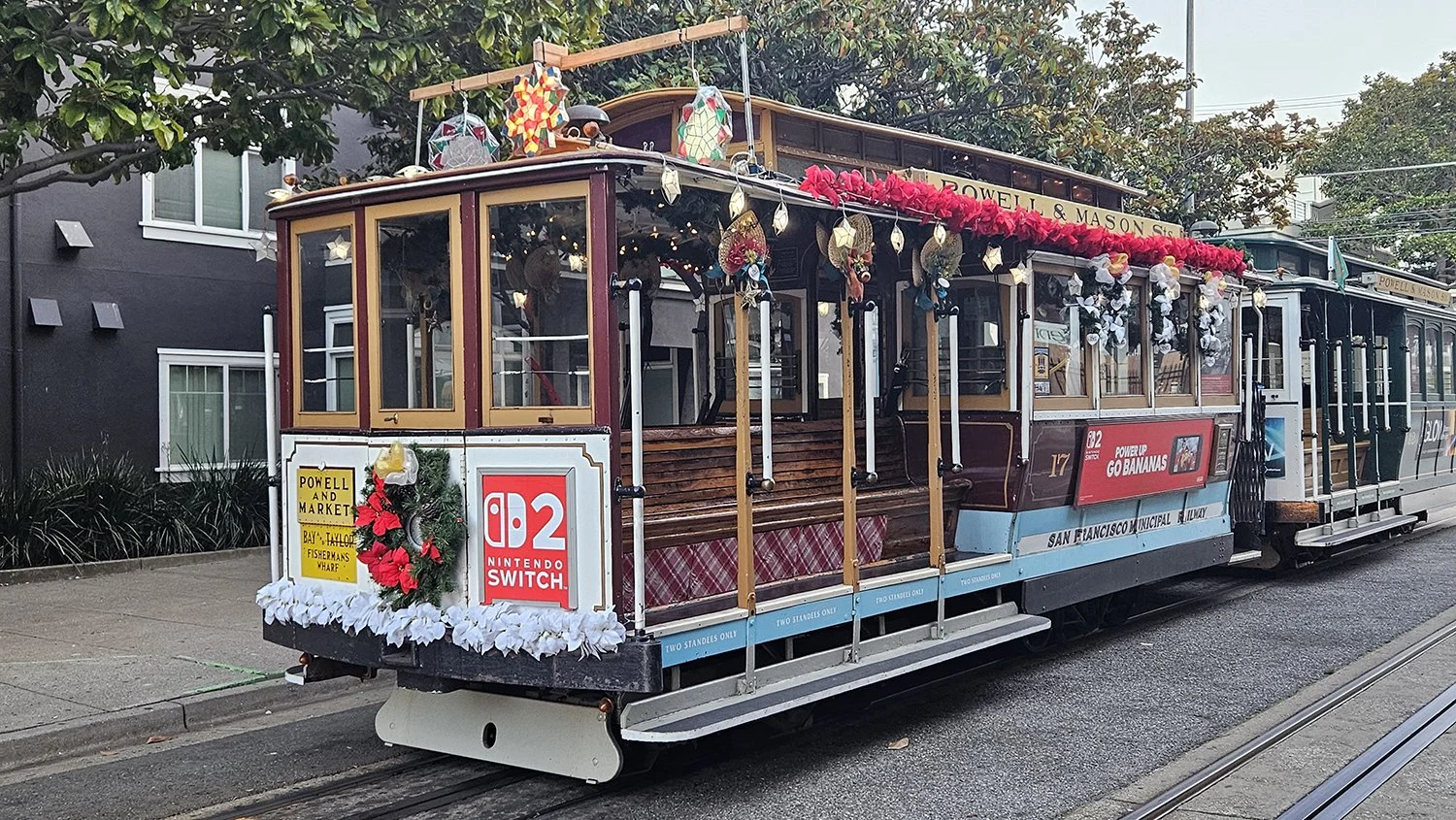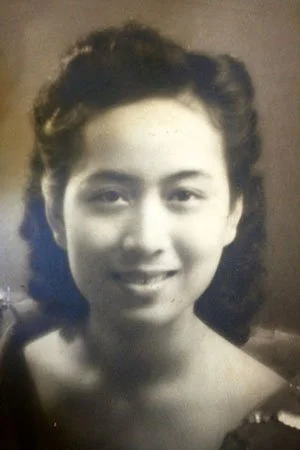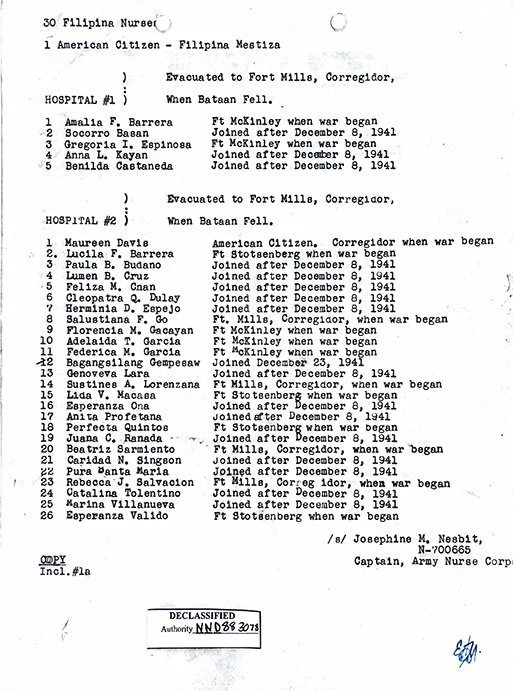The Other Angels of Bataan
/Adelaida Garcia (Makabali) (Photo from Cristina Makabali Jose)
Adelaida Garcia was one of those Filipina nurses. She was born in Tondo, Manila on June 11, 1920, into a family of patriots who ingrained in her and her siblings love for their country and the need to defend it in times of need. During the initial mobilization of the U.S. Army Forces in the Far East on September 1, 1941, Adelaida’s brother, Guillermo, was already part of the Philippine Army Air Corps, and she wanted to do her part in defending her country should the Japanese invade. Little did she know that she would reach Bataan even before her brother did.
Adelaida joined the Philippine Red Cross at the age of 21 right after graduation in 1941 from St. Luke’s Hospital School of Nursing. She was already working at Fort McKinley Hospital (now Fort Bonifacio), the main hospital for the U.S. Army Forces in the Far East (USAFFE) and the Philippine Division outside Manila when Pearl Harbor was bombed on December 8, 1941 (Philippine time). Adelaida and the American and Filipino nurses were immediately ordered to move to Fort Stotsenberg Hospital at Clark Air Base to tend to the casualties of the Japanese bombing on December 8. Right after the successful landing by the 14th Imperial Japanese Army led by General Masaharu Homma on December 22, 1941, the nurses were ordered to proceed to the Bataan peninsula to set up emergency hospitals in the jungles. General Hospital 1 in Limay was near the frontlines and was an old army barracks consisting of 16 wooden buildings. More than 1,200 battle casualties requiring major surgery (amputations, head, chest and abdominal wounds) were admitted within the first month. Because of constant bombing, General Hospital 1 was moved to “Little Baguio” in Mariveles on January 25, 1942.
Filipina Nurses Class of 1938 from St. Luke’s Nursing Hospital
Patients who were discharged from Hospital 1 were immediately sent to General Hospital 2 near Cabcaben. General Hospital 2 was a makeshift hospital with no walls and had only a canopy of trees sheltering thousands of patients from constant daily attacks by the Japanese planes. Adelaida and 25 other Filipino nurses were assigned to this hospital. As a city girl, Adelaida was initially frightened by the creatures of the jungle (snakes, monkeys, etc.) but she overcame her fears because of the many wounded and sick soldiers desperately needing care. She remembered vividly the dying soldiers asking for their mothers. They would ask her to pray for them but death was just around the corner. She herself contracted malaria while in this hospital.
The soldiers were put on half rations as early as January 5, 1942. Bataan was infested with mosquitoes which made malaria the number one disease of the soldiers. The supply of quinine (medicine for malaria) ran out in February. More and more soldiers suffered from malaria, avitaminosis, scurvy, dysentery, beriberi, dengue, and other diseases. Starting in March, as many as 500 soldiers a day were being admitted into the hospitals. Combat efficiency was down to 20 percent. On March 30, General Hospital 1 suffered a direct hit by incendiary and high explosive bombs killing 23 people and wounding 78, mostly Filipinos.
On the eve of the fall of Bataan (April 9, 1942), there were over 9,000 patients in General Hospital 2. All American nurses were ordered to evacuate to the Malinta Tunnel Hospital on the island of Corregidor some two miles away. The nurses were reluctant to leave their patients behind. Captain Josephine Nesbit refused to leave Bataan unless her Filipina nurses were also moved to Corregidor. Adelaida was one of those evacuated, which included 53 American nurses and 31 Filipina nurses, one hospital dietitian, one physiotherapist, one Red Cross Field director and five civilian women. Ten of the American nurses were successfully evacuated to Australia on May 1, 1942.
Capt. Josephine Nesbit (Photo from US Army Signal Corps)
Adelaida remembered the dogfights over the tunnel and the reverberation made by the bombs that generated dust, dirt, and rock in the air. As more patients arrived, the stench of rotting flesh, septic wounds and gas gangrene was overwhelming. Upon the surrender of the USAFFE Forces on May 6, 1942, the American nurses were taken to the Santo Tomas University Internment Camp in Manila for civilians. Some were transferred to the Los Banos Internment Camp in Laguna the following year. They were liberated after almost three years in February 1945. Adelaida and her fellow Filipina nurses were detained at Bilibid Prison, where she contracted beriberi because of the poor conditions and lack of food. They were conditionally released in July 1942.
US Army Nurses Liberated from Santo Tomas University Internment Camp (Photo from US Army)
On August 11, 1945, Major General Norman T. Kirk, the Surgeon General for the U.S. Army extolled the loyalty and efficiency of the Filipino nurses and urged General Douglas MacArthur to give them recognition. Adelaida and her fellow American and Filipina nurses were awarded the Bronze Star for Meritorious Service by General Jonathan Wainwright. She also received the Asian Pacific Campaign Medal, the Prisoner of War Medal, and the WWII Service Award. She was honorably discharged as a Lieutenant. After the war, she pursued a master’s degree in Public Health at the University of Michigan.
Major General Norman T. Kirk, the Surgeon General for the U.S. Army extolled the loyalty and efficiency of the Filipino nurses and urged General Douglas MacArthur to give them recognition.
She went on to marry Alejandro Makabali and raised four children. To her dying day, she suffered from persistent nightmares and would weep when she remembered the sick and dying soldiers she was forced to leave behind in the jungles of Bataan. She died on December 19, 2012, 70 years after the fall of Bataan.
Cecilia Gaerlan is Executive Director and Founder of Bataan Legacy Historical Society. She is currently working to get support for S.2195 and H.R. 4901, to award the Congressional Gold Medal to the World War II Nurses who worked under the U.S. Army and Navy Corps hospitals. S.2195 was introduced by Senator Tammy Baldwin (Wisconsin-Democrat) and co-sponsored by Senator Steve Daine (Republican-Montana) on June 25, 2025, while H.R. 4901 was introduced by Congresswoman Elise Stefanik (Republican-NY-21st Dist.) on August 5, 2025, almost 80 years after the end of World War II. For more information about these bills, please visit www.bataanlegacy.org or go to Positively Filipino’s Community News section.
More articles from Cecilia I. Gaerlan








